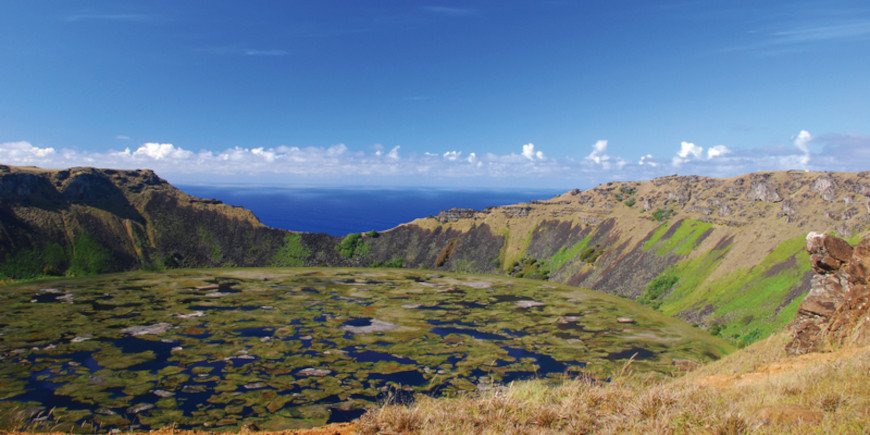St Lucia: Island in the Sun
Get away from it all and relax on St Lucia's golden beaches. You'll also enjoy a tour of the island and a thrilling rainforest safari.
- Return flights
- 7 nights in 3-star hotels, 1 night in flight
- 10 included meals: 7 breakfasts, 1 lunch, 2 dinners
- Small group travel style - Max 20 people on this tour













.jpg?format=webp)
.jpg?format=webp)
.jpg?format=webp)
.jpg?format=webp)
.jpg?format=webp)
.jpg?format=webp)
.jpg?format=webp)
.jpg?format=webp)
.jpg?format=webp)
.jpg?format=webp)
.jpg?format=webp)
.jpg?format=webp)
.jpg?format=webp)
.jpg?format=webp)
.jpg?format=webp)

.jpg?format=webp)
.jpg?format=webp)
.jpg?format=webp)

